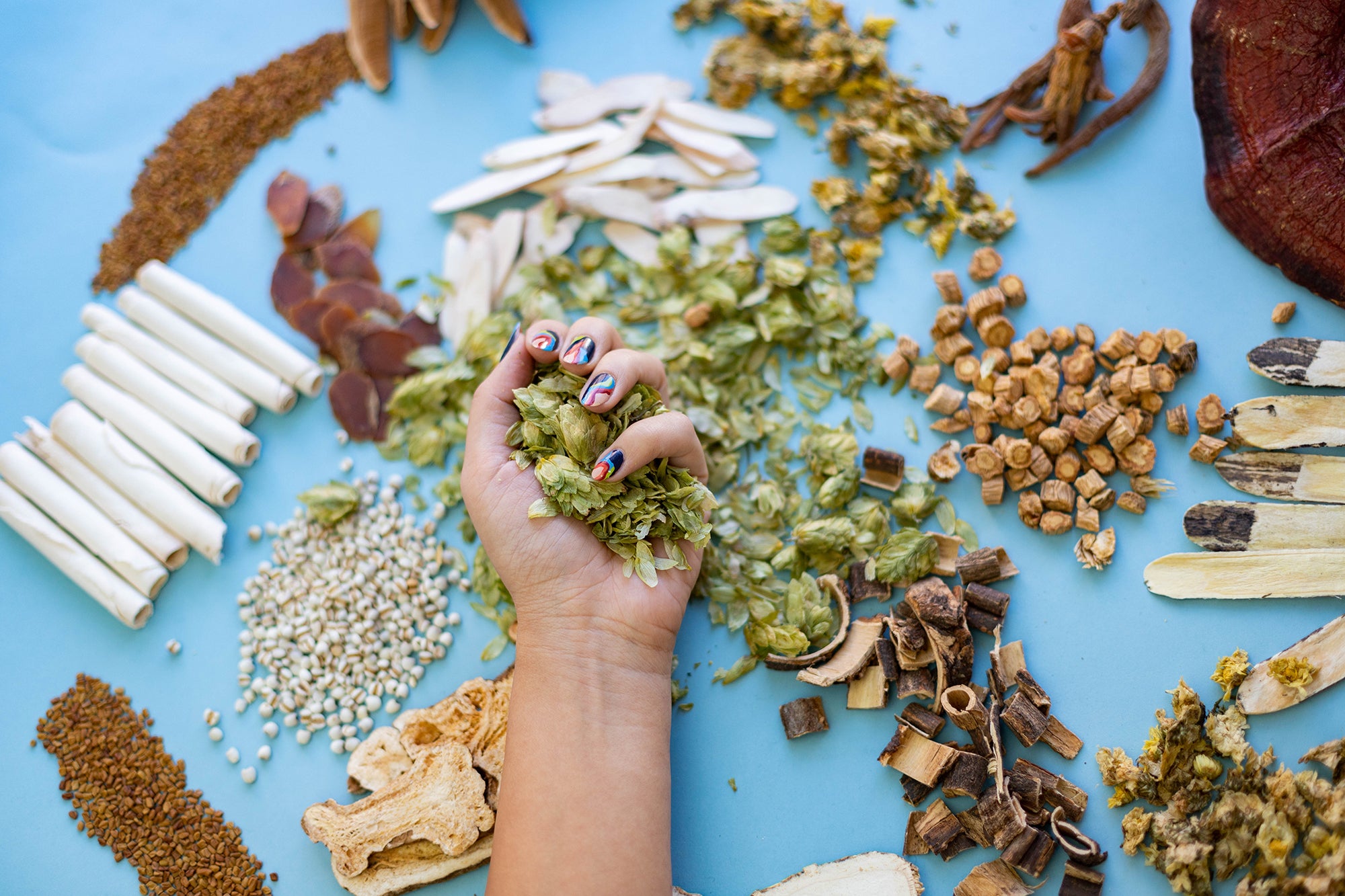What Does Herbalife Mean?
What Does Herbalife Mean?
Blog Article
The 10-Second Trick For Herbalife
Table of ContentsSome Of HerbalifeThe Best Strategy To Use For HerbalifeFascination About HerbalifeRumored Buzz on Herbalife

The overall commercial worth of the ethnobotanicals market can not be ignored. For instance, in 1995, the complete turnover of nonprescription-bound herbal medicines in pharmacies amounted to nearly 30% of the complete turn over of nonprescription-bound medications in Germany, and in the United States, the annual retail sales of natural products was approximated to be US$ 5.1 billion.
Unknown Facts About Herbalife
In China, in 2003, conventional organic medicines played a popular role in the strategy to have and deal with serious acute respiratory system disorder (SARS), and in Africa, a typical herbal medicine, the Africa flower, has actually been used for decades to deal with squandering signs related to HIV (De Smet 2005; Tilburt and Kaptchuk 2008).
Natural herbs and plants can be refined and can be absorbed different methods and forms, and they include the whole natural herb, teas, syrup, vital oils, lotions, salves, scrubs, pills, and tablets that contain a ground or powdered form of a raw natural herb or its dried out remove. Plants and herbs extract differ in the solvent used for extraction, temperature level, and removal time, and include alcoholic removes (casts), vinegars (acetic acid extracts), hot water extract (tisanes), long-lasting steamed extract, usually origins or bark (products), and chilly mixture of plants (macerates).

About 200 years ago, the initial pharmacologically energetic pure substance, morphine, was generated from opium extracted from seeds pods of the poppy Papaver somniferum. This discovery revealed that drugs from plants can be purified and provided in exact does no matter the resource or age of the product (Rousseaux and Schachter 2003; Hartmann 2007).
The Greatest Guide To Herbalife
With this continued trend, items from plants and all-natural resources (such as fungis and aquatic microbes) or analogs motivated by them have actually added considerably to the commercial medicine prep work today. Instances include prescription antibiotics (e.g., penicillin, erythromycin); the cardiac energizer digoxin from foxglove (Digitalis purpurea); salicylic acid, a precursor of aspirin, originated from willow bark (Salix spp.); reserpine, an antipsychotic and antihypertensive drug from Rauwolfia spp.; and antimalarials such as quinine from Cinchona bark and lipid-lowering agents (e.g., lovastatin) from a fungus (Rishton 2008; Schmidt et al.
Additionally, greater than 60% of cancer cells rehabs on the market or in testing are based upon all-natural products. Of 177 medications authorized worldwide for therapy of cancer, greater than 70% are based upon natural items or mimetics, Read Full Report many of which are improved with combinatorial chemistry. Cancer rehabs from plants consist of paclitaxel, separated from the Pacific yew tree; camptothecin, originated from the Chinese "pleased tree" Camptotheca acuminata and used to prepare irinotecan and topotecan; and combretastatin, stemmed from the South African bush willow (Brower 2008.
Between 2005 and 2007, 13 drugs acquired from all-natural items were approved in the United States., last gain access to: November 5, 2010).
A Biased View of Herbalife
In the United States, the National Center for Corresponding and Natural Medicine at the National Institutes of Health spent about US$ 33 million on organic medicines in the financial year 2005; in 2004, the National Canadian Institute committed virtually US$ 89 million for examining a variety of standard treatments. While this range of investment is low contrasted to the complete r & d expenses of the pharmaceutical market, it nonetheless shows authentic public, sector, and governmental interest in this area (Li and Vederas 2009). With significant development in the rate of interest in and use typical medications worldwide, 2 primary locations of worry arise that bring major challenges.

Report this page